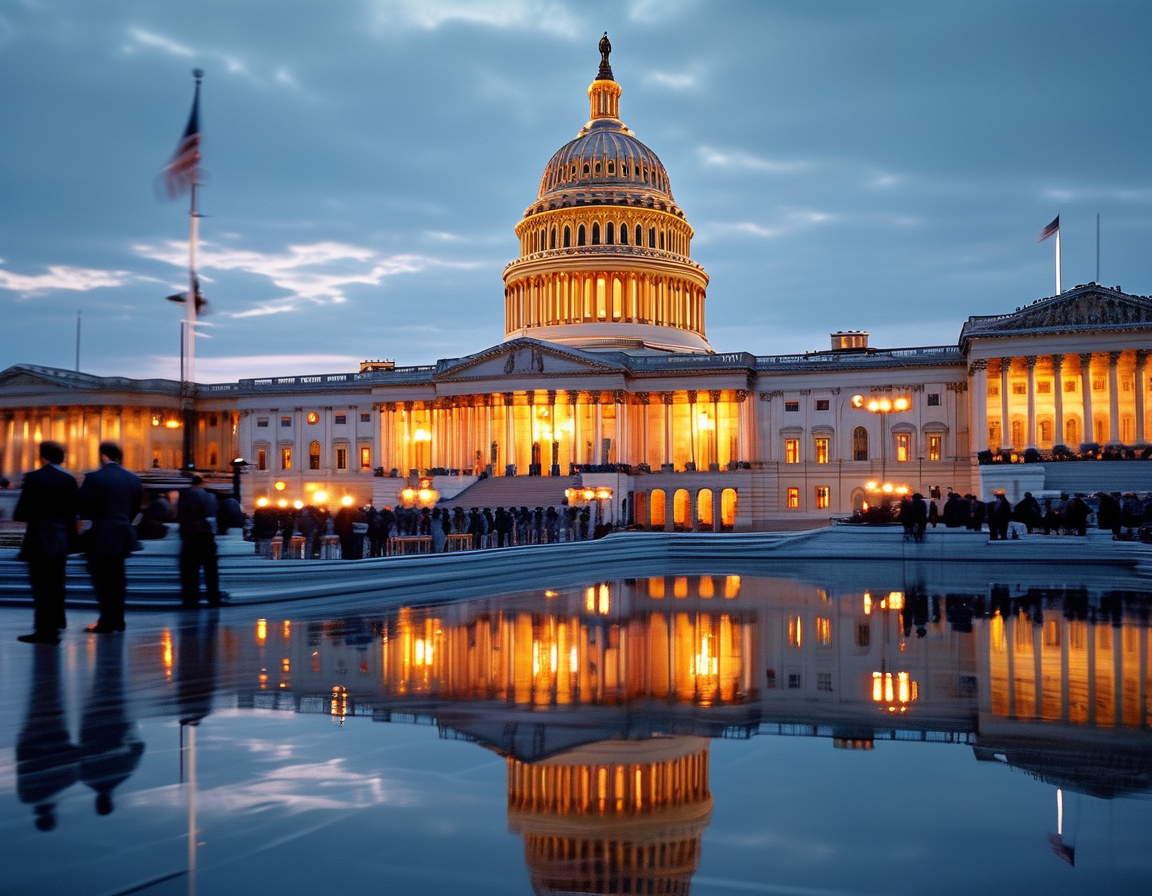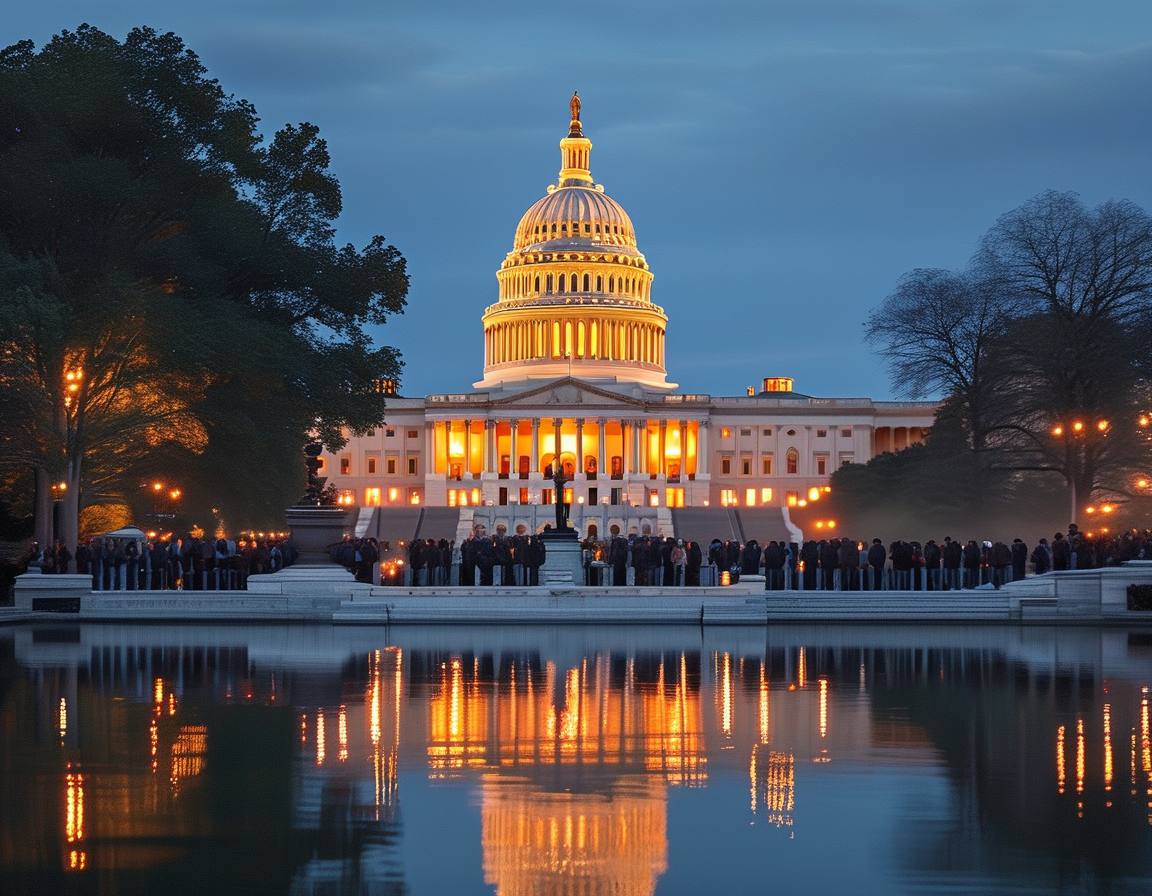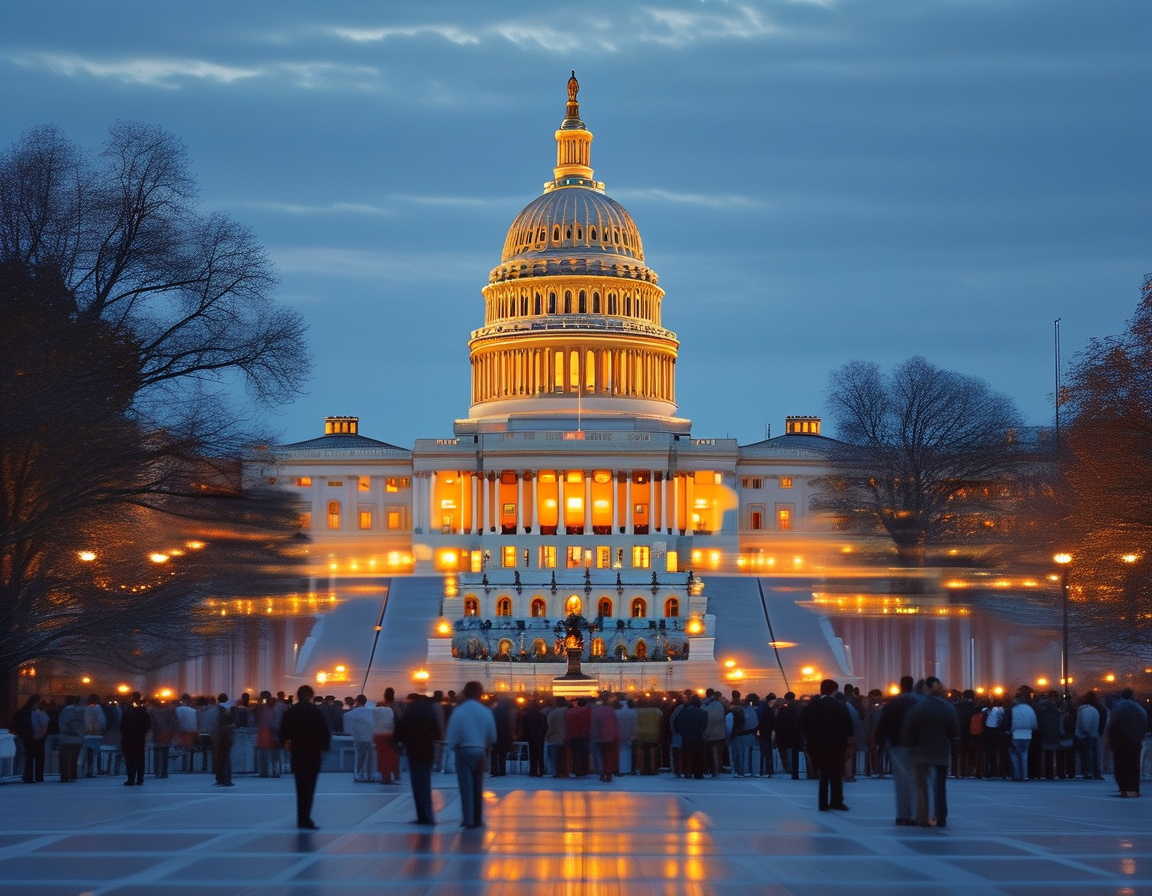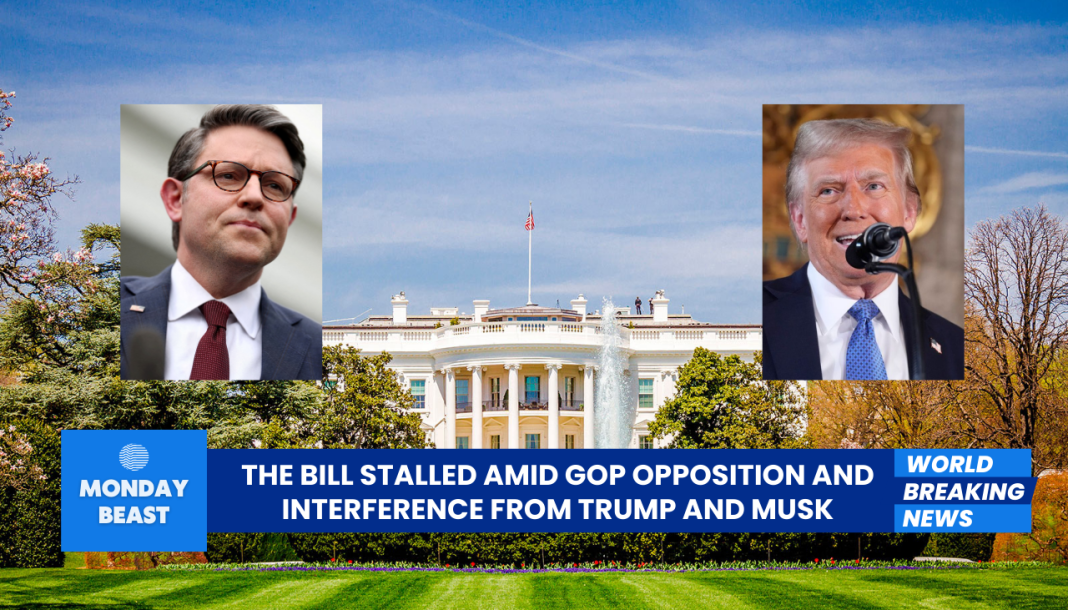Countdown to Midnight: The Senate’s Next Challenge
As the clock edged closer to midnight, suspense filled the air in Washington D.C. Would lawmakers reach a compromise? A looming government shutdown hung over the nation, haunting those who worry about essential services and federal employee paychecks. The stakes were high, felt especially by those whose livelihoods depend on government support.
Friday unfolded with tension and urgency. The House had just approved a funding bill, but not without hurdles. Representatives scrambled, navigating a legislative minefield. The bill passed with a staggering 366-34 vote, showcasing a unique bipartisan effort. This moment, however, raised questions: How sustainable is this unity? And what happens next in the Senate?

Speaker Mike Johnson, buoyed by an optimistic narrative, confidently shared. He reassured Congress and the public: “We will not have a government shutdown.” The words, though reassuring, carried a weight of doubt. After all, political dynamics shift on a dime. The fate of federal funding now lay in the Senate’s hands.
Behind the Drama: Trump’s Influence on Congress
The specter of Donald Trump loomed large over this legislative battle. His silence spoke volumes. Many House Republicans interpreted his lack of opposition as tacit support. Lawmakers often crave the approval of influential figures, especially in partisan times. Trump’s powerful sway, even in silence, continues to shape the legislative landscape.
Rep. Thomas Massie voiced skepticism about the bill, reflecting a divide within the party. Opinions diverged, leaving some to question Johnson’s leadership approach. Was he negotiating effectively, or merely accommodating Trump’s whims? Amidst political narratives, what does it mean for American voters? The complexities deepen when you consider the real people affected.

Every bill debated hinges on the lives of citizens. From farmers waiting for aid to disaster victims seeking relief, the impact is profound. Ground-zero struggles reveal the emotional weight carried by these decisions. The looming question remains: Are we ensuring the welfare of those who rely on these funds?
Disaster Relief and Economic Realities
The funding measure included $100 billion in disaster relief. This broad stroke aimed to mitigate the damage caused by storms Helene and Milton. For many families, this assistance could mean the difference between rebuilding lives or spiraling into despair. Understanding the implications adds another layer of urgency.
With national debt rising over $36 trillion, Americans also confront a larger economic question. How do we balance immediate needs versus long-term financial stability? As the deficit surpasses $1.8 trillion, discussions on fiscal responsibility become paramount. Citizens deserve accountability. Yet, the line between fiscal prudence and necessary aid often blurs.

Johnson emphasized this balancing act in candid statements. “We must meet our obligations,” he declared. But what does that entail for the next generation? If fiscal responsibility falters, are we jeopardizing future opportunities for growth and prosperity?
Bipartisan Compromise: A Temporary Measure
While the House cleared the funding bill, many see it as a temporary fix. The legislation ensures cash flow until mid-March. But is that enough? The concept of a “continuing resolution” may bring short-term relief, yet it often lacks the permanence needed for effective governance.
The challenges in crafting lasting solutions are real. This funding measure bypassed regular procedures, raising eyebrows. It is argued that quick fixes can foster complacency. Is this what voters signed up for? An expectation to see actionable change left unaddressed?
For those watching politics from the sidelines, the underlying issue remains: What will Congress do next? Future voting patterns, alliances, and negotiations will define the shape of our governance. And that’s something every American should pay attention to.
Looking Ahead: What’s Next?
As we ponder the outcomes of this recent vote, a critical question hangs in the air: Will the Senate pass this bill? President Biden has voiced his support, ready to sign if it clears the upper chamber. But as we’ve witnessed recently, surprises can often upend expectations.
Early next year promises a renewed push for raising the debt limit—a topic that many lawmakers view as urgent. How this unfolds will require bipartisan cooperation and vision. It’s a moment for reflection. What priorities should guide Congress as they navigate these turbulent waters?
For American families, understanding these developments is crucial. They grapple with the implications of legislative decisions that resonate deeply in daily lives. The urgency of government functions is clear when the stakes involve livelihoods, education, and community support. And ultimately, transparency in these governmental processes fosters trust.
A Nation at a Crossroads
In essence, this funding bill is more than a mere legislative act. It reflects broader themes of commitment, accountability, and growth. The American public expects their leaders to rise and meet the pressing issues head-on. And while optimism lingers following Friday’s vote, the real test lies in what unfolds next.
Reflect on this: How might this funding situation shape the trajectory of your community? As we look to the future, it’s essential to remain engaged. The outcome of these legislative efforts shapes the very fabric of our society.




